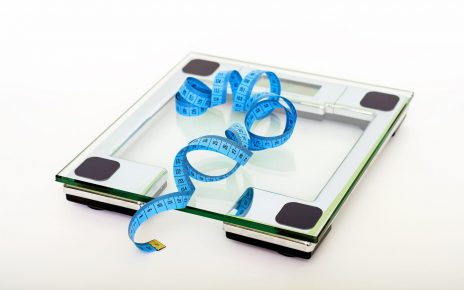
Before Jackson Danzig leaves the house each morning, he makes sure his backpack is filled with the usual high school necessities: books, homework, lunch—and the Narcan sitting on his bedside table.
The opioid overdose reversal drug, also known by its generic name naloxone, is increasingly being carried by high schoolers across the United States as opioids—including the powerful synthetic opioid fentanyl—devastate the country.
“Everyone has a friend, or an acquaintance, who has experimented with drugs. Imagine yourself in a scenario where you find that friend in a potential overdose situation and you’re not entirely sure what to do,” says Danzig, 17, who along with his classmate Marin Peale has organized naloxone training for around 350 of his classmates.
It isn’t a hypothetical scenario: police responded to at least seven suspected overdoses last year at Arlington Public Schools, the largely affluent school district across the river from the nation’s capital where Danzig and Peale are students.
One student died after an apparent overdose on campus.
Nationwide, the United States saw a record of around 110,000 drug overdose deaths between March 2022 and March 2023, according to the Centers for Disease Control and Prevention (CDC). Fentanyl accounted for some two-thirds of them.
Among teenagers, overdose deaths increased 94 percent from 2019 to 2020—attributed by the CDC to the “widespread availability of illicitly manufactured fentanyls,” the proliferation of counterfeit pills made with fentanyl, and the “ease of purchasing pills through social media.”
Endorsing drug use?
Increasing access to live-saving drugs like naloxone can be controversial: Some parents, Arlington students say, view naloxone not just as an acknowledgment of risky drug use, but as an endorsement.
That criticism comes as local governments have sometimes diverged on drug policy strategies.
Some liberal cities like Portland have come under scrutiny for watering down criminal drug penalties to the point that open-air drug markets have flourished and overdoses are spiking.
Other states have moved toward harsher drug laws. After three high schoolers overdosed in Tennessee earlier this year, leaving two dead, the survivor was charged with murdering her classmates. Virginia has designated fentanyl as a “weapon of terrorism.”
But overall, “I see, across the political spectrum, support for naloxone… and I think that’s been a victory for public health,” said Keith Humphreys, a drug policy expert at Stanford University who supports increased naloxone access in US schools.
In Arlington, school policies and state laws banning drugs remain in place, officials say.
Among other rules, students who carry naloxone on campus must get training on how to use it and have parental permission to do so, said Darrell Sampson, APS executive director of student services, who described the policy change as having come from the ground up.
“The students felt like they wanted to be able to support their peers,” he told AFP.
It comes on top of other drug education efforts at the school system, as well as the training of staff on how to use naloxone and the installment of emergency boxes of the substance throughout middle and high schools.
“In schools, we’ve always been responding to substances,” Sampson said. “But none of those substances, per se, are as inexpensive to produce, as deadly in even small doses, or as highly addictive as we’re seeing with opioids and fentanyl.”
Addiction crisis
Humphreys, the Stanford researcher, said increasing naloxone access is only one part of the solution to the country’s drug crisis.
He called for bigger-picture investments in children’s mental health and their ability to manage their emotions and develop healthy relationships.
And while naloxone can prevent overdoses, he pointed out, it doesn’t treat addiction, a problem that requires huge public funding.
“It is a mistake to think if we could just reduce the overdose death numbers we would have made big progress,” he told AFP. “That’s an extremely modest aspiration.”
Both Danzig and his classmate Peale, also 17, started carrying naloxone last year, before the school’s policy technically allowed them to—willing to get in trouble “for doing the right thing,” Peale says.
Now, though, naloxone has almost become commonplace.
“Whatever classroom I go in, there has to be a box, and I also always carry one,” Peale says. “I kind of always feel prepared.”
© 2023 AFP
Source: Read Full Article



